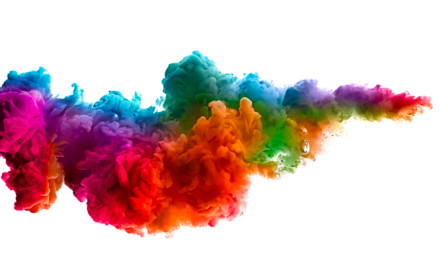Every successful company has an iconic logo. Think of any major brand and it will almost certainly be the thing that comes to mind. Such is their power, studies have shown that children as young as two can recognise famous logos.
A good logo is absolutely essential. It’s the first thing that the public will see when they encounter your business, and first impressions count. A well-designed logo will act as a shorthand for your entire business, summing up your ethos and your goals and setting you apart from the competition. That’s a lot of pressure to put on one small picture, so here are a few tips to get you started.
What do you want your logo to say?
People will draw all sorts of conclusions about your company based on its logo. Therefore, your logo needs to be in keeping with your overall brand image. If you are trying to style yourself as a fun, modern company, then a dark logo with a traditional typeface will send the wrong message. Likewise, if your company prides itself on giving reliable advice, a wacky, colourful logo will completely undermine you. Remember you must envisage what your logo will look like on your digital and printed marketing materials such as brochure printing.
Think about colour
The colour of your logo will send a whole host of subconscious messages. It’s not enough to simply pick a colour scheme that looks nice. You have to think about the emotions associated with those colours. For example, red tends to be associated with passion and anger. Great if you’re a dance studio or a boxing gym, but completely inappropriate for yoga or childminding. Blue tends to be seen as a slow and soothing colour so this would be a good choice if your business aims to reduce stress for your customers, but might send the wrong message if your USP is speed and efficiency .
Keep it simple
A common mistake is trying to cram too much information into a logo. This creates an overcrowded look that is off putting to customers. It is not a logo’s job to illustrate every facet of your business, merely to convey a general sense of it. For example, a travel agent doesn’t need a logo that contains planes, hotels, suitcases and swimming pools. A single representative image, such as a compass, is a much better idea.
Once your logo is designed, you’ll need to get it printed. Whether you’re looking for business cards, flyers or leaflets, we’ve got great prices and lightning-fast delivery times. Get in touch today for a quote, PrintUK.com







.jpg)
.jpg)
